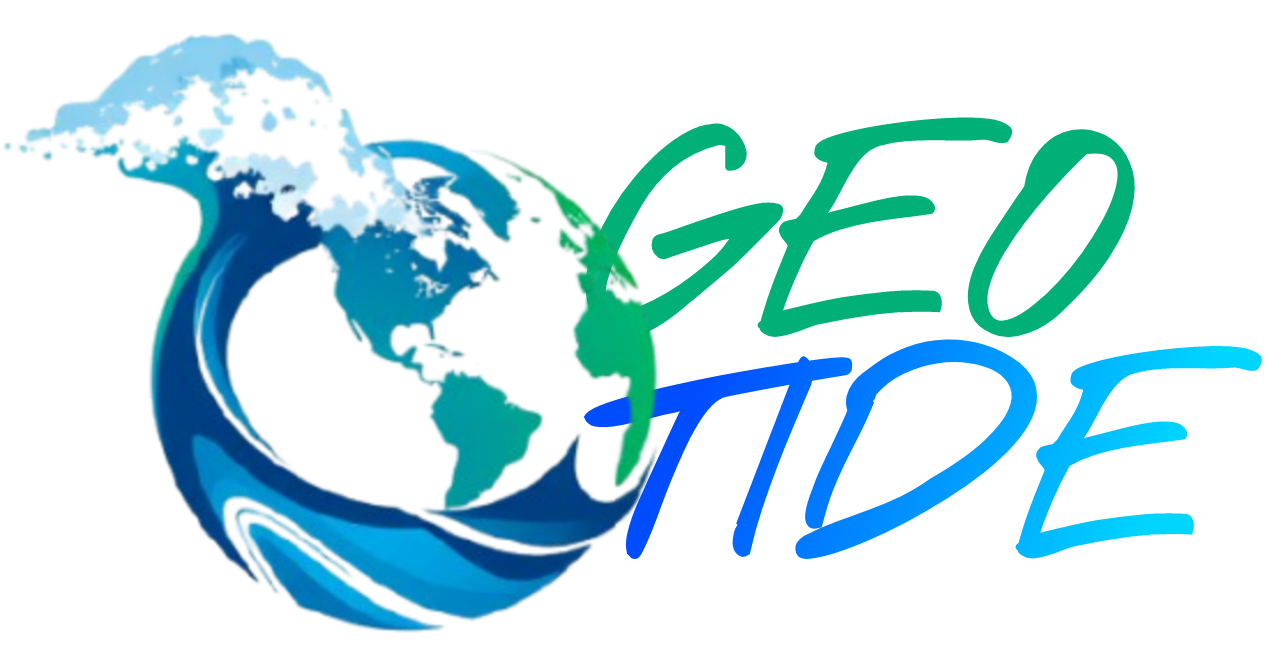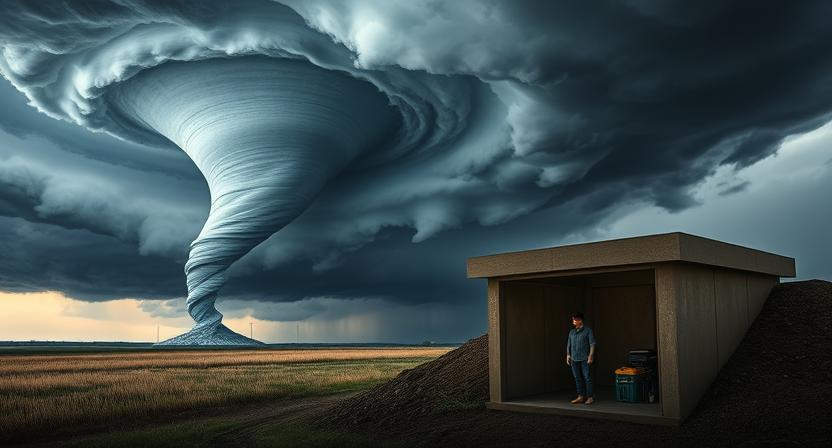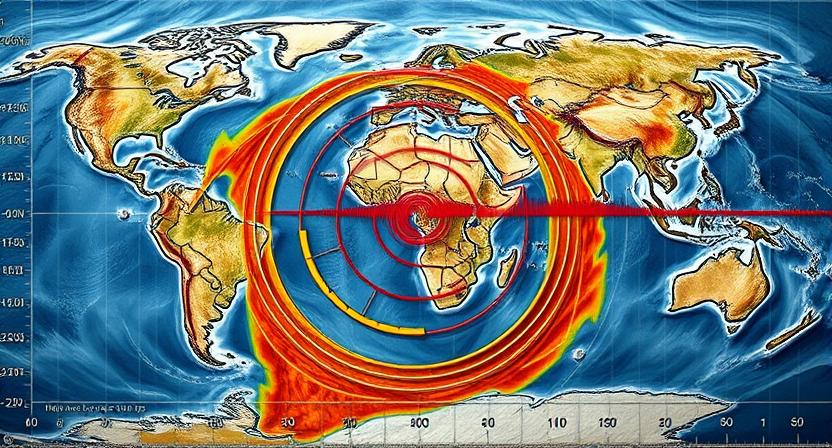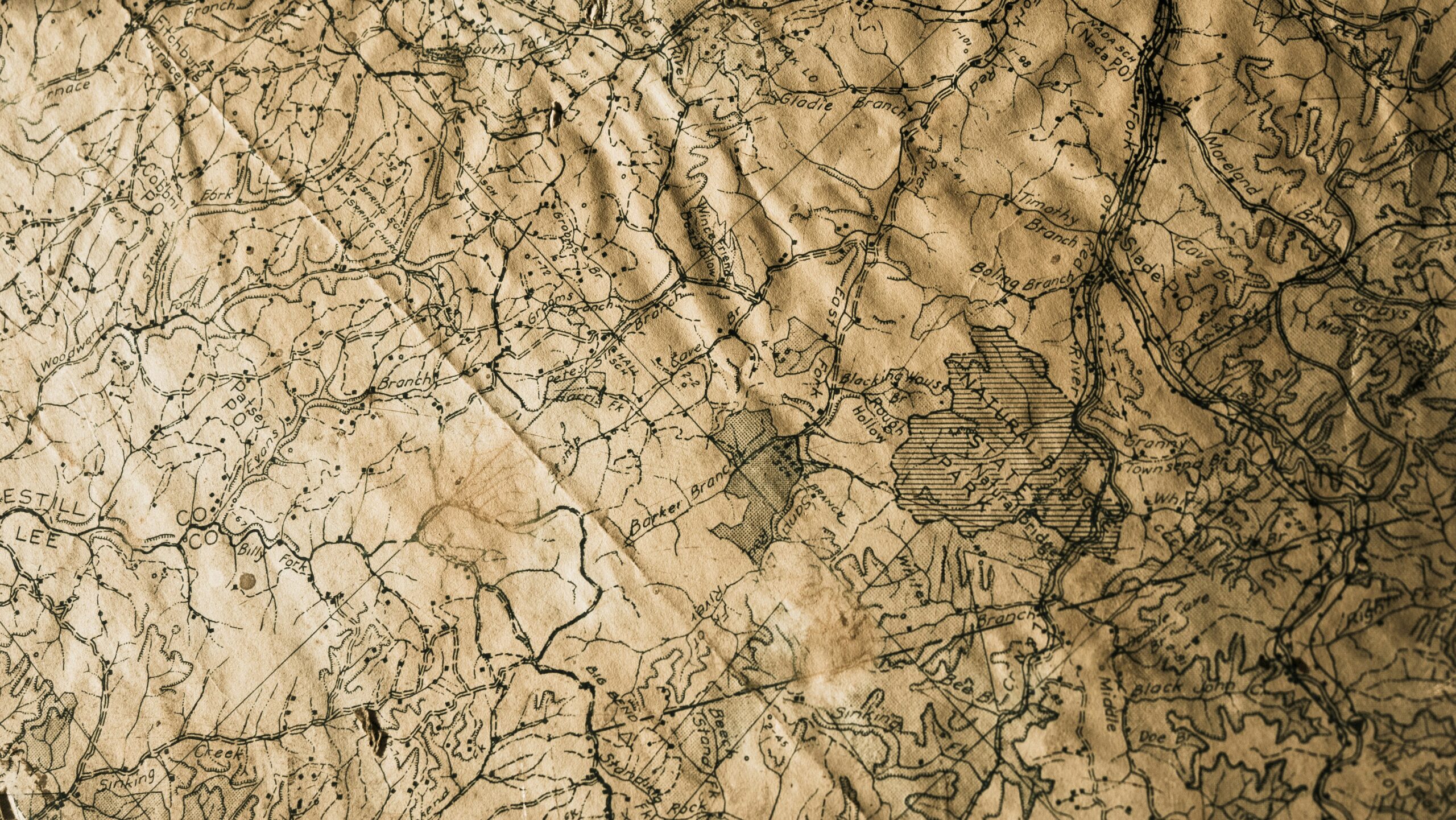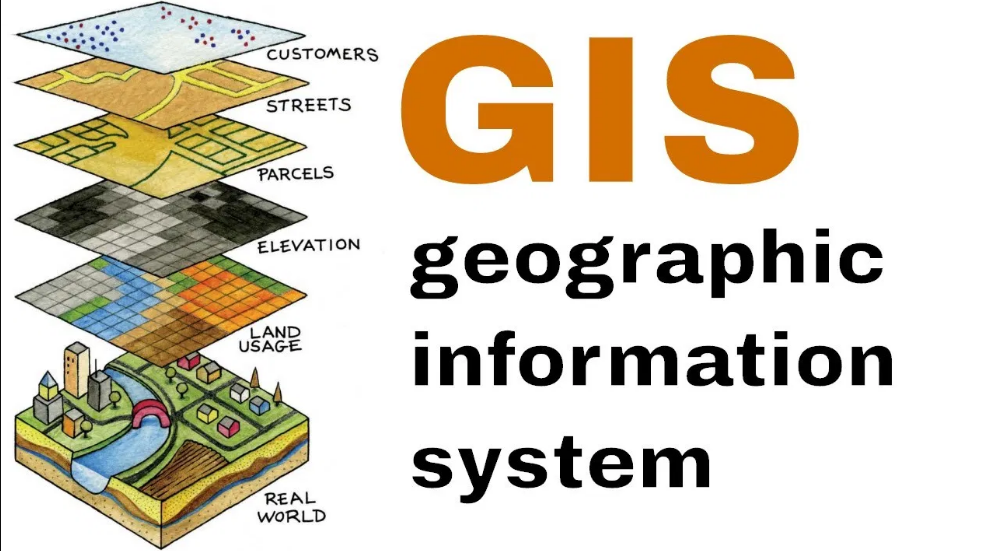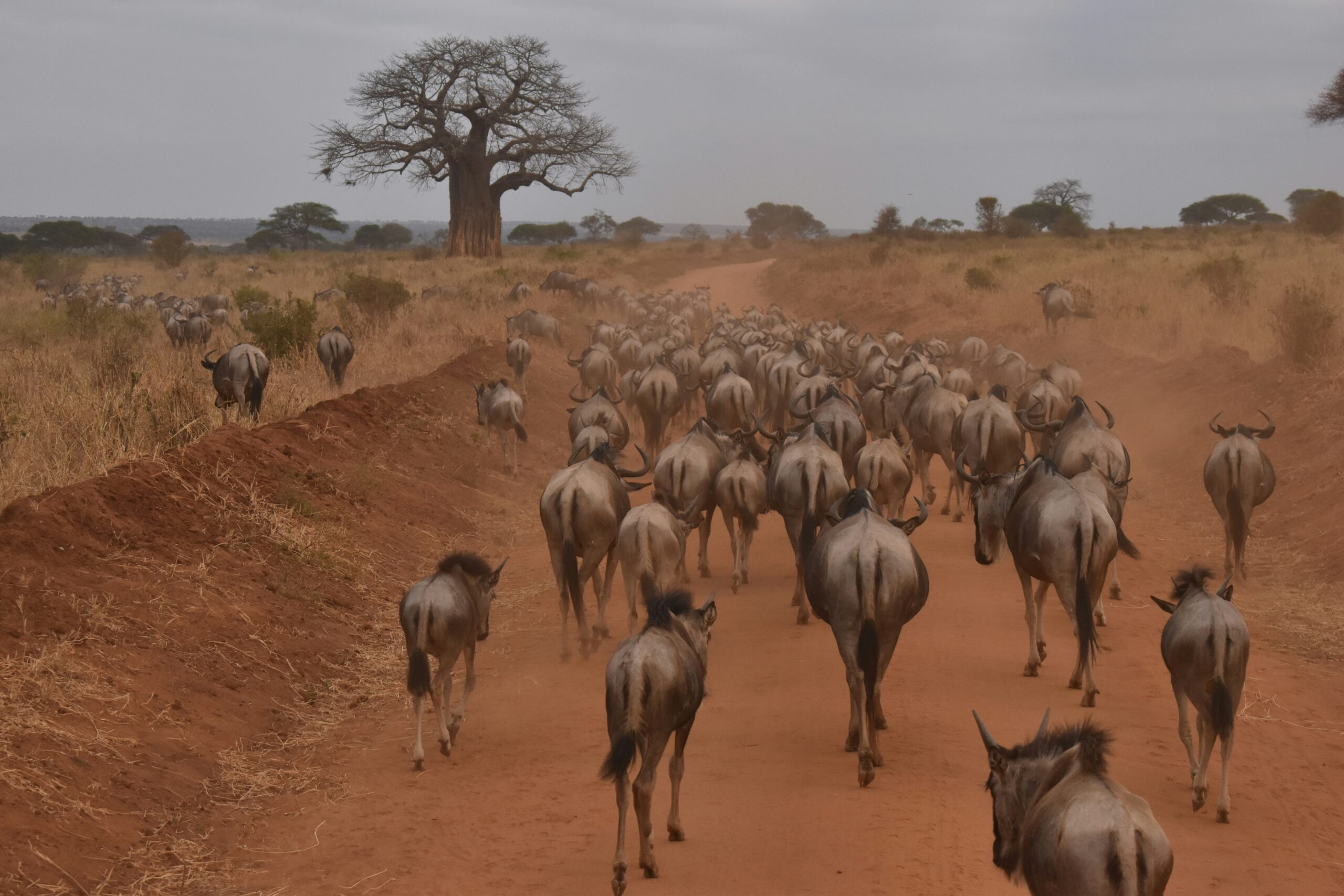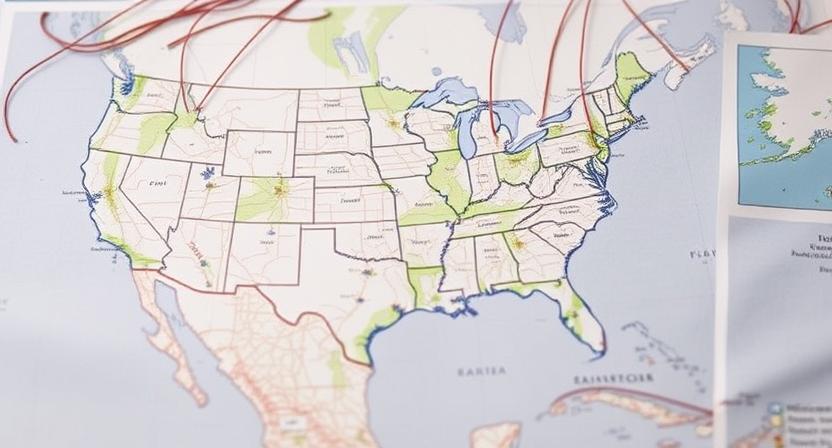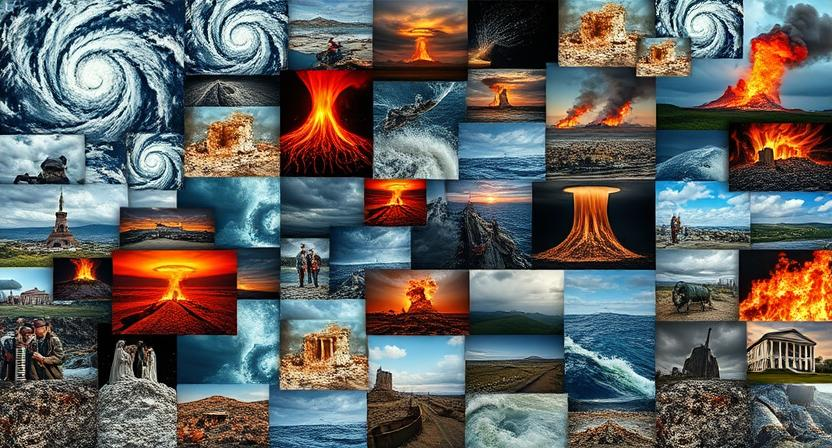
Most Destructive Hurricanes:
Hurricane Katrina, a catastrophic storm that struck the Gulf Coast in 2005, stands as one of the most destructive hurricanes in recent history. The immense flooding caused by the breached levees in New Orleans led to significant loss of life and property damage on a massive scale. The aftermath of Hurricane Katrina highlighted the shortcomings in disaster preparedness and response, sparking discussions and initiatives to improve resilience in the face of future natural disasters.
In 2017, Hurricanes Maria and Harvey left a trail of devastation in their paths, further solidifying their positions among the most destructive hurricanes on record. Puerto Rico was particularly hard hit by Hurricane Maria, with widespread power outages and infrastructure damage that took years to fully recover from. Meanwhile, Hurricane Harvey’s record-breaking rainfall in Texas caused catastrophic flooding, displacing thousands of residents and causing billions of dollars in damages. The impact of these hurricanes serves as a sobering reminder of the destructive power of nature and the importance of proactive measures to mitigate their effects.
• Hurricane Katrina struck the Gulf Coast in 2005, causing immense flooding and significant loss of life
• Breached levees in New Orleans led to massive property damage
• Highlighted shortcomings in disaster preparedness and response
• Hurricanes Maria and Harvey hit in 2017, leaving destruction in their wake
• Puerto Rico suffered widespread power outages and infrastructure damage from Hurricane Maria
• Texas faced catastrophic flooding from record-breaking rainfall during Hurricane Harvey
These hurricanes serve as a reminder of nature’s destructive power and the need for proactive measures to mitigate their effects.
– Hurricane Katrina (2005)
Hurricane Katrina made landfall on August 29, 2005, causing widespread devastation along the Gulf Coast of the United States. The Category 3 storm brought destructive winds reaching up to 125 mph, heavy rainfall, and a storm surge that breached multiple levees in New Orleans, leading to catastrophic flooding in 80% of the city.
The aftermath of Hurricane Katrina was marked by a breakdown in communication and coordination among various levels of government, resulting in delays in rescue and relief efforts. The storm left over 1,800 people dead and caused an estimated $125 billion in damages, making it one of the costliest and deadliest hurricanes in the history of the United States.
• The devastation caused by Hurricane Katrina led to widespread displacement of residents in New Orleans and other affected areas.
• Thousands of people were stranded on rooftops and in shelters without access to food, water, or medical care for days after the storm hit.
• The lack of preparedness and response from local, state, and federal authorities highlighted systemic issues in emergency management practices.
• Many criticized the government’s slow response to the disaster, citing failures in evacuation planning and communication strategies.
– Hurricane Maria (2017)
Hurricane Maria struck Puerto Rico on September 20, 2017, leaving a trail of unprecedented destruction in its wake. The Category 5 hurricane brought fierce winds reaching up to 175 mph, along with relentless rainfall that triggered catastrophic flooding across the island. The impact was devastating, with homes destroyed, infrastructure crippled, and the island’s power grid decimated, leaving millions without electricity for months.
The aftermath of Hurricane Maria exposed the vulnerability of Puerto Rico’s infrastructure and the lack of sufficient preparedness for such a powerful storm. The slow and inadequate response from authorities exacerbated the humanitarian crisis, with shortages of essential supplies like food, water, and medical aid. The long road to recovery highlighted the need for better disaster planning and resources to protect against future natural disasters of such magnitude.
• The Category 5 hurricane brought fierce winds reaching up to 175 mph
• Relentless rainfall triggered catastrophic flooding across the island
• Homes were destroyed, infrastructure was crippled, and the power grid was decimated
• Millions were left without electricity for months
The aftermath of Hurricane Maria exposed the vulnerability of Puerto Rico’s infrastructure and the lack of sufficient preparedness for such a powerful storm. The slow and inadequate response from authorities exacerbated the humanitarian crisis, with shortages of essential supplies like food, water, and medical aid. The long road to recovery highlighted the need for better disaster planning and resources to protect against future natural disasters of such magnitude.
– Hurricane Harvey (2017)
In 2017, Hurricane Harvey struck the Gulf Coast of the United States, particularly devastating the state of Texas. The Category 4 hurricane brought catastrophic flooding and strong winds, causing widespread damage to homes, infrastructure, and businesses in the region. The relentless rain poured down for days, leading to unprecedented levels of flooding in Houston and surrounding areas.
The heavy rainfall swelled rivers and reservoirs to dangerous levels, resulting in thousands of rescues as people were trapped in their homes and cars by the rapidly rising waters. The storm’s impact was felt long after it had passed, with the cleanup and recovery efforts stretching on for months as communities worked to rebuild and heal from the destruction left in Hurricane Harvey’s wake.
• Hurricane Harvey struck the Gulf Coast of the United States in 2017
• Devastated the state of Texas with catastrophic flooding and strong winds
• Brought unprecedented levels of flooding to Houston and surrounding areas
• Heavy rainfall led to dangerous levels in rivers and reservoirs, resulting in thousands of rescues
• Cleanup and recovery efforts lasted for months as communities worked to rebuild from the destruction left by Hurricane Harvey
Devastating Volcanic Eruptions:
The eruption of Mount Vesuvius in 79 AD is one of the most infamous volcanic events in history. This catastrophic event buried the cities of Pompeii and Herculaneum under layers of ash and pumice, preserving them for centuries and providing valuable insights into ancient Roman life.
The Krakatoa eruption in 1883 was a violent explosion in Indonesia that had global consequences. The eruption generated tsunamis, destroyed surrounding islands, and produced an immense ash cloud that affected climate patterns worldwide. The loudness of the eruption is considered the loudest sound ever heard in modern history, with reports of the sound being heard up to 3,000 miles away.
• The eruption of Mount Vesuvius in 79 AD buried the cities of Pompeii and Herculaneum under layers of ash and pumice.
• The Krakatoa eruption in 1883 generated tsunamis, destroyed surrounding islands, and produced an immense ash cloud.
• The loudness of the Krakatoa eruption is considered the loudest sound ever heard in modern history, with reports of it being heard up to 3,000 miles away.
– Mount Vesuvius Eruption (79 AD)
The eruption of Mount Vesuvius in 79 AD was a catastrophic event that had a profound impact on the ancient city of Pompeii. The volcano’s sudden outburst spewed ash, pumice, and rocks high into the air, blanketing the surrounding areas in a thick layer of debris. The intense heat and force of the eruption destroyed buildings, buried streets, and claimed the lives of thousands of residents.
The eruption of Mount Vesuvius is famously known for its preservation of Pompeii under layers of volcanic ash and pumice. The city’s buildings, artifacts, and even the remains of its inhabitants were astonishingly well-preserved, offering modern archaeologists a unique glimpse into life during Roman times. The tragic event serves as a stark reminder of the unpredictable power of nature and the importance of being prepared for potential natural disasters.
• The eruption of Mount Vesuvius in 79 AD was a catastrophic event that had a profound impact on the ancient city of Pompeii.
• The volcano’s sudden outburst spewed ash, pumice, and rocks high into the air, blanketing the surrounding areas in a thick layer of debris.
• The intense heat and force of the eruption destroyed buildings, buried streets, and claimed the lives of thousands of residents.
• The eruption is famously known for its preservation of Pompeii under layers of volcanic ash and pumice.
• The city’s buildings, artifacts, and even the remains of its inhabitants were astonishingly well-preserved.
• Modern archaeologists have been able to gain unique insights into life during Roman times through these preserved remnants.
• This tragic event serves as a stark reminder of the unpredictable power of nature and highlights the importance of being prepared for potential natural disasters.
– Krakatoa Eruption (1883)
The eruption of Krakatoa in 1883 is marked as one of the most devastating volcanic events in history. The eruption occurred on August 27, generating a series of violent explosions that were heard over 3,000 miles away. The volcanic activity led to the collapse of a large portion of the island, triggering massive tsunamis that devastated coastal communities in the surrounding areas.
The impact of the Krakatoa eruption was felt globally, as the volcanic ash and gases spewed into the atmosphere caused vivid sunsets around the world for years afterward. The eruption also significantly altered the climate, leading to abnormal cooling effects in various regions. The aftermath of the Krakatoa eruption serves as a stark reminder of the immense power that lies beneath the Earth’s surface and the potential catastrophic consequences of such natural disasters.
• The eruption of Krakatoa in 1883 is considered one of the most devastating volcanic events in history
• Violent explosions were heard over 3,000 miles away
• The collapse of a large portion of the island triggered massive tsunamis that devastated coastal communities
• Volcanic ash and gases spewed into the atmosphere causing vivid sunsets around the world for years afterward
• Abnormal cooling effects were experienced in various regions due to altered climate after the eruption.
– Mount St. Helens Eruption (1980)
On May 18, 1980, Mount St. Helens, located in Washington state, unleashed one of the most powerful volcanic eruptions in the history of the United States. The eruption ejected a massive column of ash and steam into the atmosphere, reaching heights of over 80,000 feet. The force of the explosion obliterated the top of the mountain, triggering a series of devastating pyroclastic flows and lahars that wreaked havoc on the surrounding landscape.
The eruption of Mount St. Helens claimed the lives of 57 people and caused widespread destruction over an area of more than 230 square miles. The surrounding forests were flattened, and rivers and lakes were clogged with debris, drastically altering the local ecosystem. The eruption also led to the creation of a large crater at the summit of the volcano, which continues to be a stark reminder of the power and unpredictability of volcanic activity.
• The eruption of Mount St. Helens was preceded by a series of earthquakes and steam explosions, indicating that the volcano was becoming increasingly active.
• The blast from the eruption traveled at speeds of up to 670 miles per hour, destroying everything in its path.
• Ash from the eruption circled the globe within two weeks, causing significant disruptions to air travel and impacting global temperatures.
• Scientists continue to study Mount St. Helens as a natural laboratory for understanding volcanic processes and monitoring potential future eruptions.
Deadliest Floods:
The Yellow River Flood that occurred in 1931 is considered one of the deadliest floods in history, claiming the lives of an estimated 1 to 4 million people. The catastrophic flooding was primarily due to the overflowing of the Yellow River in China, exacerbated by poor infrastructure and inadequate flood control measures. This tragic event brought immense devastation to the region, displacing millions of people and causing widespread destruction of homes and farmland.
Another significant flood that left a devastating impact was the Banqiao Dam Failure in 1975, also known as the August 1975 Storms. The catastrophic failure of the dam in Henan Province, China, led to a massive deluge of water, triggering widespread flooding and mudslides. The disaster resulted in a death toll ranging from 26,000 to over 200,000, making it one of the deadliest dam failures in history. The aftermath of the Banqiao Dam Collapse highlighted the critical importance of robust infrastructure and effective disaster preparedness measures in mitigating the impact of natural disasters.
• The Yellow River Flood in 1931 claimed the lives of an estimated 1 to 4 million people
• Poor infrastructure and inadequate flood control measures exacerbated the catastrophic flooding
• Millions of people were displaced and homes and farmland were destroyed
• The Banqiao Dam Failure in 1975 resulted in a death toll ranging from 26,000 to over 200,000
• The catastrophic failure of the dam led to widespread flooding and mudslides
• The disaster emphasized the importance of robust infrastructure and effective disaster preparedness measures
– The Yellow River Flood (1931)
The Yellow River Flood in 1931 is considered one of the deadliest natural disasters in history, claiming the lives of nearly 2 million people. The catastrophic event was triggered by a series of severe storms and heavy rainfall that caused the river to overflow its banks, inundating vast regions of China’s Henan Province.
The floodwaters not only led to immense loss of life but also inflicted extensive damage to infrastructure, agricultural lands, and homes, leaving millions homeless and destitute. The lack of adequate warning systems and the sheer magnitude of the flooding contributed to the unprecedented scale of devastation, making it a tragic chapter in China’s history.
• The Yellow River Flood of 1931 was exacerbated by the failure of dikes and levees, which were unable to contain the rising waters.
• The floodwaters carried with them sediment and debris, causing widespread destruction and hampering rescue and relief efforts.
• In addition to the loss of life, the economic impact of the disaster was profound, leading to food shortages, inflation, and a decline in agricultural productivity.
• The Chinese government’s response to the disaster was criticized for being slow and inadequate, further exacerbating the suffering of those affected by the flood.
– The Banqiao Dam Failure (1975)
The Banqiao Dam Failure in 1975 was a tragic event that resulted in catastrophic flooding in China’s Henan province. The dam, which was part of a larger network of reservoirs, failed due to the unprecedented amount of rainfall brought on by Typhoon Nina. The immense volume of water unleashed from the dam caused widespread devastation, with entire villages submerged and tens of thousands of lives lost in the ensuing floods.
The aftermath of the Banqiao Dam Failure highlighted the importance of disaster preparedness and the need for robust infrastructure to withstand extreme weather events. The failure of the dam was a sobering reminder of the potential consequences of inadequate risk assessment and maintenance practices in critical infrastructure. The lessons learned from this tragic event have since influenced policies and strategies aimed at disaster mitigation and response to prevent similar tragedies in the future.
• The Banqiao Dam Failure occurred in 1975 due to unprecedented rainfall from Typhoon Nina
• Catastrophic flooding in China’s Henan province resulted in widespread devastation
• Entire villages were submerged and tens of thousands of lives were lost in the floods
• The aftermath highlighted the importance of disaster preparedness and robust infrastructure
• Inadequate risk assessment and maintenance practices can have severe consequences for critical infrastructure
• Lessons learned from the tragedy have influenced policies for disaster mitigation and response
– The Central China Floods (1931)
The Central China Floods of 1931 were among the deadliest natural disasters in history. With millions of lives lost and immense destruction, this catastrophic event left a trail of devastation in its wake. The overflowing of the Yangtze River and other waterways led to widespread flooding that engulfed vast areas, displacing millions of people from their homes.
The resulting humanitarian crisis overwhelmed relief efforts, as the scale of the disaster surpassed the capacity of available resources. The lack of proper infrastructure compounded the challenges faced by those affected, further exacerbating the already dire situation. The Central China Floods of 1931 serve as a sobering reminder of the devastating impact that natural disasters can have on communities and the importance of preparedness and mitigation strategies.
• The Central China Floods of 1931 were one of the deadliest natural disasters in history
• Millions of lives were lost and immense destruction occurred
• The overflowing of the Yangtze River and other waterways led to widespread flooding
• Vast areas were engulfed, displacing millions of people from their homes
• Relief efforts were overwhelmed by the scale of the disaster
• Lack of proper infrastructure compounded challenges faced by those affected
Catastrophic Wildfires:
The Black Saturday Bushfires in 2009 left a trail of destruction in Victoria, Australia, claiming the lives of 173 people and destroying thousands of homes. The extreme heat and strong winds fueled the flames, making it one of the deadliest wildfires in Australia’s history. The sheer intensity and speed of the fire made it incredibly difficult for firefighters to contain, leading to widespread devastation across the region.
The Peshtigo Fire of 1871 ravaged the town of Peshtigo, Wisconsin, and surrounding areas, becoming one of the deadliest wildfires in recorded history. Fueled by drought conditions and strong winds, the fire quickly spread, engulfing everything in its path. The intense heat created fire tornadoes, further exacerbating the destruction and making it nearly impossible for residents to escape. The Peshtigo Fire serves as a stark reminder of the devastating power of wildfires and the importance of early detection and rapid response efforts.
• The Black Saturday Bushfires in 2009 claimed the lives of 173 people and destroyed thousands of homes
• Extreme heat and strong winds fueled the flames, making it one of Australia’s deadliest wildfires
• The Peshtigo Fire of 1871 in Wisconsin was one of the deadliest wildfires in recorded history
• Fueled by drought conditions and strong winds, the fire quickly spread, engulfing everything in its path
• Intense heat created fire tornadoes, exacerbating destruction and hindering escape efforts
– The Black Saturday Bushfires (2009)
The Black Saturday Bushfires of 2009 struck the state of Victoria, Australia, with unprecedented ferocity and destructiveness on February 7th. These catastrophic wildfires resulted in the loss of 173 lives, making it one of the deadliest natural disasters in Australia’s history. The fires also brought about widespread destruction of homes, forests, and farmland, totaling more than 450,000 hectares burned.
The extreme heat, low humidity, and high winds created the perfect conditions for the rapid spread of the Black Saturday Bushfires. Over 3,500 buildings were destroyed, and thousands of people were left homeless in the aftermath of the disaster. The resilience and bravery of firefighters and emergency responders were tested as they battled tirelessly to contain the flames and evacuate residents from the affected areas.
• The Black Saturday Bushfires were exacerbated by record-breaking temperatures exceeding 46 degrees Celsius
• Strong winds of up to 100 km/h fanned the flames and caused the fires to spread rapidly
• The fires were so intense that they created their own weather systems, including thunderstorms and lightning strikes, further complicating firefighting efforts.
– The Peshtigo Fire (1871)
The Peshtigo Fire of 1871 was a catastrophic wildfire that swept through the town of Peshtigo in northeastern Wisconsin, USA. It is considered the deadliest wildfire in recorded history, claiming the lives of over 1500 people and covering an area of approximately 1.2 million acres. The fire was fueled by drought conditions, strong winds, and the vast expanses of forest in the region.
The Peshtigo Fire was so intense and widespread that it generated its own tornado-like fire whirls, which contributed to its destructive power. Entire communities were engulfed in flames within minutes, leaving behind a landscape of devastation and tragedy. The exact cause of the fire remains unknown, but it is believed to have been sparked by a combination of drought, hot weather, and human activities such as land clearing and railroad construction.
• The Peshtigo Fire of 1871 is considered the deadliest wildfire in recorded history
• Over 1500 people lost their lives in the fire
• The fire covered an area of approximately 1.2 million acres
• Drought conditions, strong winds, and vast forests fueled the intensity of the fire
• Fire whirls contributed to the destructive power of the Peshtigo Fire
• Entire communities were engulfed in flames within minutes
• The exact cause of the fire remains unknown, but it is believed to have been sparked by a combination of factors including drought and human activities
– The Great Fire of 1910
The Great Fire of 1910, also known as the Big Burn, was one of the most catastrophic wildfires in the history of the United States. It ravaged over three million acres of land in the states of Washington, Idaho, and Montana. The fire was fueled by strong winds and extremely dry conditions, making it uncontrollable for weeks.
The massive inferno destroyed entire towns and claimed the lives of more than 80 people, including firefighters who were battling the blaze. The scale of devastation caused by the Great Fire of 1910 highlighted the need for improved firefighting techniques and resources to prevent such disasters in the future.
• The Great Fire of 1910 was also known as the Big Burn due to its massive scale and destruction.
• Over three million acres of land in Washington, Idaho, and Montana were ravaged by the wildfire.
• Strong winds and extremely dry conditions fueled the fire, making it difficult to control for weeks.
• More than 80 people lost their lives in the fire, including firefighters who were bravely fighting to contain it.
• The devastation caused by the Great Fire of 1910 emphasized the importance of improving firefighting techniques and resources.
Destructive Tornado Outbreaks:
The Tri-State Tornado in 1925 is recorded as the deadliest tornado outbreak, causing widespread destruction and claiming hundreds of lives in its path through Missouri, Illinois, and Indiana. With winds reaching estimated speeds of over 300 mph, this tornado left a trail of devastation in its wake, leveling entire towns and causing significant loss of life.
The Super Outbreak of 2011 stands out as one of the most devastating tornado outbreaks in recent history, with a total of 360 tornadoes reported over a span of three days. This outbreak resulted in numerous fatalities and severe damage across multiple states, highlighting the immense destructive power of tornadoes and underscoring the importance of preparedness and early warning systems in mitigating their impact on communities.
• The Tri-State Tornado in 1925 caused widespread destruction and claimed hundreds of lives
• Winds reached estimated speeds of over 300 mph, leveling entire towns
• The Super Outbreak of 2011 saw a total of 360 tornadoes reported over three days
• Numerous fatalities and severe damage occurred across multiple states
• Importance of preparedness and early warning systems highlighted
– The Tri-State Tornado (1925)
The Tri-State Tornado of 1925 holds the record as the deadliest tornado in U.S. history, ripping through Missouri, Illinois, and Indiana. The tornado’s path of destruction stretched over 219 miles, causing unprecedented devastation along its way. The twister’s fierce winds reached estimated speeds of up to 300 miles per hour, leaving behind a trail of destruction that obliterated everything in its vicinity.
Communities in the tornado’s path were caught by surprise as the storm rapidly grew in intensity, leaving little time for adequate warnings or preparation. The aftermath of the Tri-State Tornado left over 695 people dead and thousands injured, making it one of the most lethal natural disasters to ever hit the United States. The sheer scale of destruction and loss caused by this catastrophic tornado underscored the urgent need for improved forecasting and emergency response measures to mitigate the impact of future disasters.
• The Tri-State Tornado of 1925 holds the record as the deadliest tornado in U.S. history
• It ripped through Missouri, Illinois, and Indiana leaving a path of destruction over 219 miles
• The tornado’s winds reached speeds of up to 300 miles per hour
• Communities in its path were caught by surprise due to rapid growth in intensity
• Over 695 people died and thousands were injured as a result of the tornado
• The catastrophic event highlighted the need for improved forecasting and emergency response measures
– The Super Outbreak (2011)
The Super Outbreak of 2011 stands as one of the most devastating tornado outbreaks in modern history, with a total of 360 tornadoes reported across central and southern United States. Spanning over three days from April 25 to 28, this outbreak resulted in tragic loss of life, extensive property damage, and widespread destruction in many communities.
This catastrophic event impacted multiple states, including Alabama, Mississippi, Tennessee, and Georgia, leaving a trail of destruction in its wake. The sheer scale and intensity of the tornadoes during the Super Outbreak of 2011 left communities reeling, as they struggled to cope with the aftermath of such a relentless and powerful natural disaster.
• The Super Outbreak of 2011 resulted in a total of 360 tornadoes reported across central and southern United States.
• This devastating tornado outbreak occurred over three days from April 25 to 28, causing tragic loss of life and extensive property damage.
• Multiple states were affected by the Super Outbreak, including Alabama, Mississippi, Tennessee, and Georgia.
• The intensity and scale of the tornadoes during this outbreak left communities struggling to cope with the widespread destruction.
– The Joplin T
The Joplin Tornado struck on May 22, 2011, leaving a trail of destruction in its wake. This EF5 tornado tore through the city of Joplin, Missouri, with wind speeds reaching up to 200 miles per hour, making it one of the deadliest tornadoes in U.S. history. The tornado’s path was devastating, spanning nearly a mile in width and stretching over 22 miles long, obliterating everything in its way.
The aftermath of the Joplin Tornado was catastrophic, with over 150 people losing their lives and thousands more injured. The tornado also caused extensive damage to homes, businesses, schools, and hospitals, leaving the community shattered and in ruins. The resilience and strength of the people of Joplin were tested as they came together to rebuild their city and support one another in the face of unimaginable loss and destruction.
• The Joplin Tornado struck on May 22, 2011, with wind speeds reaching up to 200 miles per hour
• It was an EF5 tornado, making it one of the deadliest tornadoes in U.S. history
• The tornado’s path was devastating, nearly a mile wide and over 22 miles long
• Over 150 people lost their lives and thousands more were injured
• Extensive damage was caused to homes, businesses, schools, and hospitals
